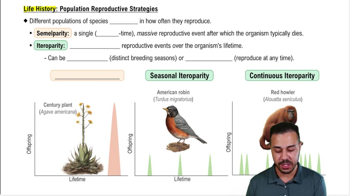Textbook Question
Which of the following groups is made up exclusively of fungi that form symbioses with plant roots?
a. Ascomycetes
b. Basidiomycetes
c. Glomeromycetes
d. Zygomycetes
1313
views
 Verified step by step guidance
Verified step by step guidance Verified video answer for a similar problem:
Verified video answer for a similar problem:

